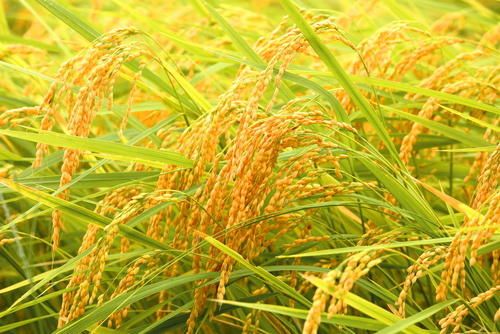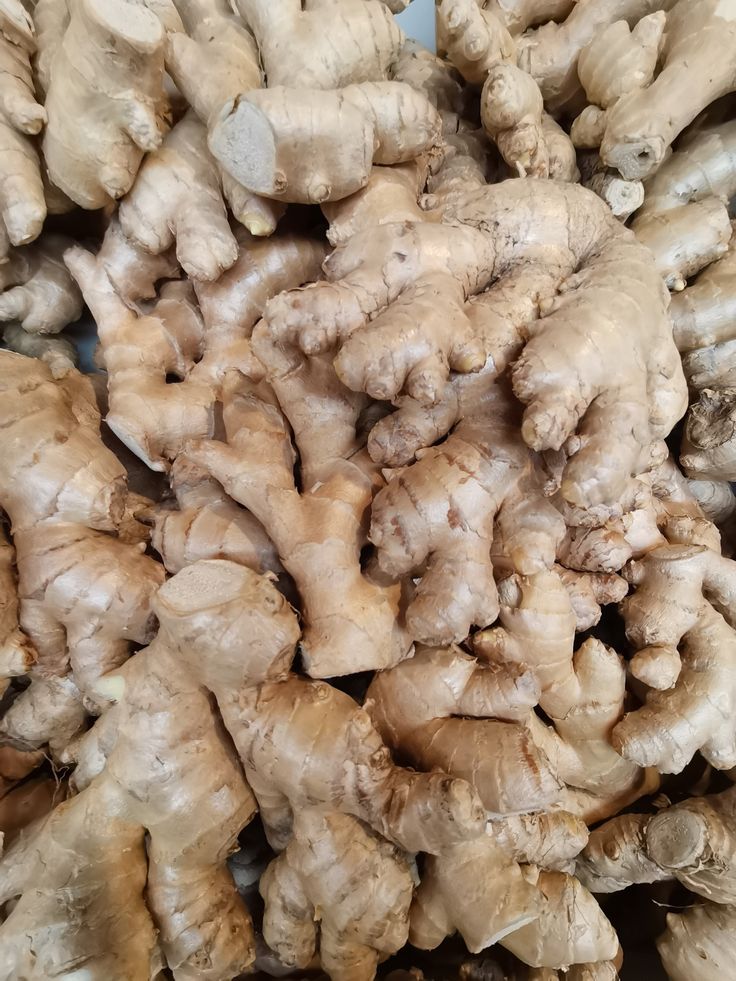How Smart Agriculture Boosts Sugarcane Productivity : Harnessing Technology for Growth
Sugarcane Productivity, a vital crop fuelling global sugar production, faces mounting challenges. From climate change and pest infestations to resource limitations and inefficient practices, the agricultural sector is under pressure to maintain – and ideally, increase – sugarcane yields.
Fortunately, innovation is breeding a solution: smart agriculture. This transformative approach leverages technology to optimize sugarcane production, empowering farmers with data-driven insights and automation tools. By embracing smart agriculture practices, the industry can unlock significant gains in sugarcane productivity, ensuring a sustainable and profitable future.
Understanding the Challenges:
Sugarcane cultivation faces a multitude of obstacles that hinder productivity:
- Climate Change: Erratic weather patterns, including droughts, floods, and extreme temperatures, disrupt sugarcane growth cycles and decrease yields.
- Pest and Disease: Sugarcane is susceptible to various pests and diseases, causing significant crop losses. Early detection and targeted interventions are crucial for mitigation.
- Resource Scarcity: Water scarcity is a growing concern, particularly in arid regions. Additionally, inefficient fertilizer use can lead to nutrient deficiencies and environmental pollution.
- Labor Shortages: The agricultural sector often faces labor shortages, hindering critical tasks like planting, monitoring, and harvesting.
How Smart Agriculture Revolutionizes Sugarcane Production:
Smart agriculture offers a comprehensive toolkit to address these challenges and empower sugarcane farmers:
- Precision Agriculture: Sensors deployed across fields collect real-time data on soil moisture, temperature, nutrient levels, and crop health. This data is then analyzed using sophisticated software to generate field-specific insights. Farmers can leverage these insights to make informed decisions on irrigation, fertilization, and pest control, optimizing resource use and maximizing yields.
- Data-Driven Decision Making: Advanced analytics platforms combine field data with historical trends and weather forecasts. This allows farmers to predict potential issues like pest outbreaks or water stress and take preventive measures, minimizing crop losses.
- Automation Technologies: Smart agriculture incorporates automation tools like drones and autonomous tractors. Drones equipped with multispectral sensors can map fields, identify areas requiring attention, and even apply precise amounts of pesticides or fertilizers. Autonomous tractors can perform tasks like planting and harvesting, reducing reliance on manual labor.
The Benefits of Smart Agriculture:
Sugarcane Productivity,By embracing smart agriculture practices, sugarcane farmers can experience a multitude of benefits:
- Increased Yields: Data-driven decision making and optimized resource use lead to healthier crops and improved yields.
- Reduced Costs: Precision agriculture minimizes waste by ensuring fertilizers, pesticides, and water are applied only where and when needed. This translates to significant cost savings for farmers.
- Improved Sustainability: Smart agriculture promotes sustainable practices by reducing water usage and minimizing reliance on chemical inputs. This not only benefits the environment but also ensures long-term soil health.
- Enhanced Farm Management: Smart agriculture empowers farmers with a holistic view of their operations. Data visualization tools provide insights into field performance, allowing for proactive management and informed decision-making.
Examples of Smart Agriculture in Action:
Several real-world examples showcase the transformative power of smart agriculture in sugarcane production:
- Precision Irrigation: In drought-prone regions, farmers are using soil moisture sensors to schedule irrigation precisely, ensuring optimal water use efficiency.
- Drone-based Scouting: Drones equipped with high-resolution cameras and spectral sensors are being used to scout fields for pests and diseases. Early detection allows for targeted interventions, minimizing crop damage.
- Variable Rate Application: Smart fertilizer spreaders can adjust the amount of fertilizer applied based on real-time soil data. This ensures crops receive the nutrients they need while minimizing waste.
Challenges and Considerations:
Sugarcane Productivity,Despite its immense potential, smart agriculture adoption faces certain challenges:
- Cost Sugarcane Productivity: The initial investment in sensors, software, and other technologies can be a barrier for some farmers.
- Connectivity: Smart agriculture solutions often rely on robust internet connectivity, which might be limited in rural areas.
- Data Literacy: Farmers need training to understand and utilize the data generated by smart agriculture technologies effectively.
Conclusion Sugarcane Productivity
Sugarcane Productivity Smart agriculture offers a powerful solution to unlock the full potential of sugarcane production. By leveraging data-driven insights and automation tools, farmers can overcome challenges, optimize resource use, and achieve significant gains in productivity. As the technology matures and becomes more affordable, widespread adoption of smart agriculture practices has the potential to revolutionize the sugarcane industry, ensuring a sustainable and prosperous future for farmers and consumers alike.




